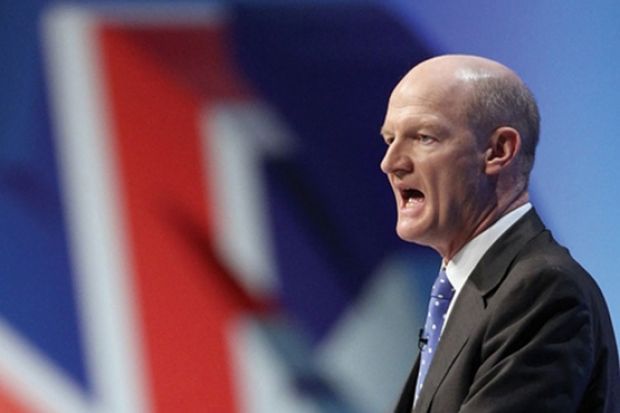David Willetts
David Willetts, the universities and science minister, announced today in a written ministerial statement to the House of Parliament that fees would remain at the same level as in 2013-14. It means that the maximum fee will remain at the same level for at least three successive years.
Under the previous system, the cap was uprated in line with inflation, meaning it rose from £3,000 in 2005 to £3,375 in 2011-12.
The lack of inflation-proofing means an erosion in real-terms income for universities, the majority of whom are already charging £9,000 fees.
A reduction in the real-terms value of the fee cap also means a saving for the government, which subsidises student loans heavily and would have to loan out more money if fees rose.
Maximum loans for full and part-time courses will remain at the same level in 2014-15. The maximum maintenance grant for new and continuing students on full-time courses will increase by 1 per cent, whereas it was increased by 3.22 per cent in line with inflation the previous year.
However, maximum loans for living costs for new and continuing students will also be increased by 1 per cent, whereas they were frozen the previous year.
BIS also said in its statement that for students who started their courses on or after 1 September 2012, and who are undertaking a work placement year for a sandwich course in the 2014 to 2015 academic year, “the tuition charge and tuition loan caps will be set at 20 per cent of the maximum full-time tuition charge and loan cap”.
And for those who are undertaking study and work placement years under the Erasmus Scheme, or study years at overseas institutions outside the Erasmus Scheme in 2014-15, “the tuition charge and tuition loan caps will be set at 15 per cent of the full-time tuition charge caps”.




